What Does A Rangefinder Do ?
A rangefinder is a device used to measure the distance between the observer and a target. It typically uses a combination of optics and electronics to determine the range accurately. Rangefinders are commonly used in various fields such as surveying, hunting, golfing, and military applications.
1、 Measures distance between an observer and a target accurately.
A rangefinder is a device that measures the distance between an observer and a target accurately. It is commonly used in various fields such as surveying, hunting, golfing, and photography. The primary function of a rangefinder is to determine the distance between the user and a specific object or target.
Rangefinders work on the principle of measuring the time it takes for a laser beam or sound wave to travel to the target and back. By calculating the time taken and using the speed of light or sound, the device can accurately determine the distance. This information is then displayed on a screen or through a viewfinder, allowing the user to make precise measurements.
In recent years, rangefinders have seen significant advancements in technology. Many modern rangefinders now incorporate advanced features such as slope compensation, which adjusts the distance measurement to account for changes in elevation. This is particularly useful in golfing, where players need to factor in the slope of the terrain when determining the distance to the hole.
Additionally, some rangefinders now offer image stabilization technology, which helps stabilize the image and reduce shakiness caused by hand movements. This feature is especially beneficial for hunters or photographers who need to accurately measure distances in challenging conditions or from long distances.
Overall, rangefinders have become essential tools for professionals and enthusiasts alike, providing accurate distance measurements for a wide range of applications. With ongoing advancements in technology, rangefinders continue to evolve, offering more features and improved accuracy to meet the needs of various industries.
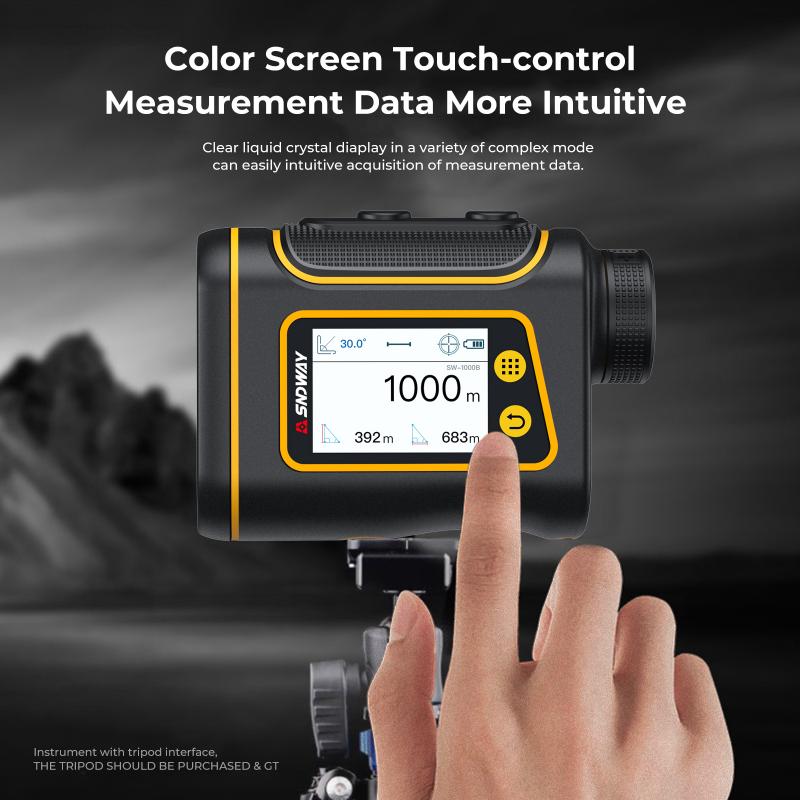
2、 Utilizes optical or laser technology for distance calculation.
A rangefinder is a device that utilizes optical or laser technology for distance calculation. It is commonly used in various fields such as hunting, golfing, surveying, and photography. The primary function of a rangefinder is to accurately measure the distance between the user and a target object.
Optical rangefinders work by using a system of lenses and prisms to measure the angle between the user's line of sight and the target object. By knowing the angle and using basic trigonometry, the distance can be calculated. On the other hand, laser rangefinders use a laser beam to measure the time it takes for the beam to bounce back from the target object. By knowing the speed of light, the device can accurately calculate the distance.
Rangefinders have evolved significantly over the years, with advancements in technology leading to more accurate and efficient devices. Modern rangefinders often come equipped with features such as target tracking, slope compensation, and multiple target detection. Some rangefinders even have built-in GPS systems, allowing users to measure distances while also obtaining precise location information.
In recent years, there has been a growing trend towards using rangefinders in the field of photography. Rangefinder cameras, which use a separate viewfinder and rangefinder mechanism, have gained popularity among professional and amateur photographers alike. These cameras offer a unique shooting experience and are known for their compact size and quiet operation.
Overall, rangefinders play a crucial role in various applications where accurate distance measurement is essential. Whether it is for hunting, golfing, surveying, or photography, rangefinders provide users with the ability to calculate distances quickly and precisely, enhancing their performance and improving their overall experience.
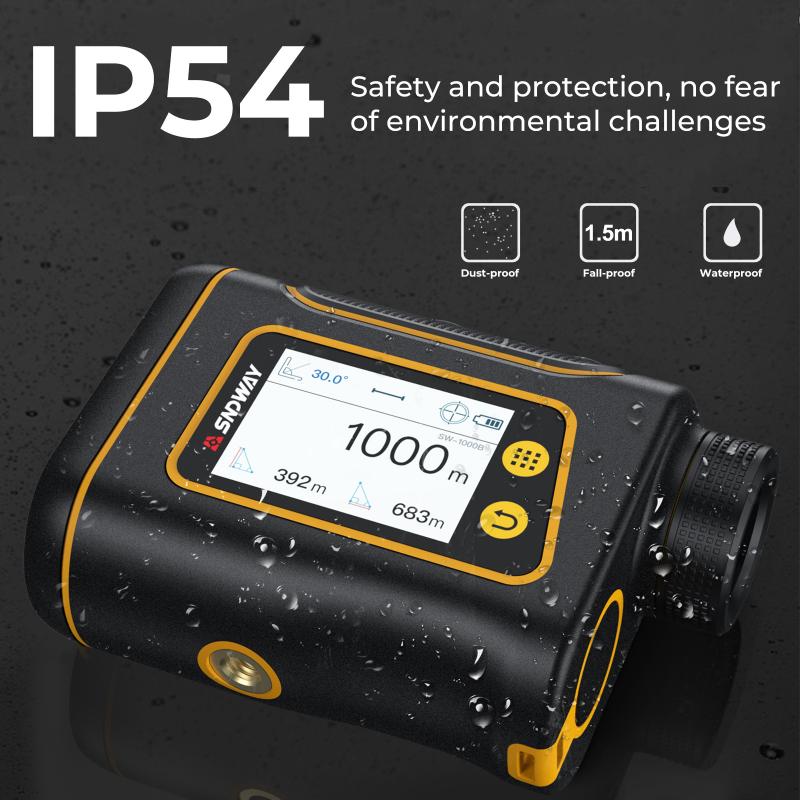
3、 Commonly used in photography, surveying, and hunting.
A rangefinder is a device commonly used in photography, surveying, and hunting to measure the distance between the observer and a target. It utilizes various methods such as laser, ultrasonic waves, or optical systems to determine the range accurately.
In photography, a rangefinder helps photographers achieve precise focus by measuring the distance between the camera and the subject. This is particularly useful in situations where autofocus may struggle, such as low-light conditions or when capturing fast-moving subjects. Rangefinders are often found in high-end cameras and are favored by street photographers for their compact size and discreet operation.
In surveying, rangefinders play a crucial role in measuring distances between points on the land. They are used to determine the length, width, and height of various objects, as well as to create accurate topographic maps. Rangefinders have become more advanced in recent years, incorporating GPS technology and other features to enhance accuracy and efficiency in surveying tasks.
Similarly, in hunting, rangefinders are used to estimate the distance between the hunter and the target. This information helps hunters make more accurate shots, ensuring a clean and ethical kill. Modern rangefinders designed for hunting often come with additional features like angle compensation, which adjusts the distance measurement based on the angle of the shot, providing even more precise results.
Overall, rangefinders have become indispensable tools in various fields, aiding in achieving accuracy and efficiency. With advancements in technology, rangefinders continue to evolve, offering improved features and capabilities to meet the ever-growing demands of their users.

4、 Helps determine the range for accurate aiming or focusing.
A rangefinder is a device that helps determine the range or distance between the user and a target. It is commonly used in various fields such as hunting, golfing, photography, and military applications. The primary purpose of a rangefinder is to provide accurate measurements of distance, allowing for precise aiming or focusing.
In hunting, a rangefinder is an essential tool for determining the distance between the hunter and the target. This information is crucial for making accurate shots, especially when dealing with long-range targets. By knowing the exact distance, hunters can adjust their aim accordingly, increasing the chances of a successful shot and minimizing the risk of injuring the animal.
Similarly, in golf, rangefinders are used to measure the distance between the golfer and the hole. This helps golfers select the appropriate club and adjust their swing accordingly. By accurately determining the range, golfers can make more informed decisions and improve their overall performance on the course.
In photography, rangefinders assist photographers in achieving precise focus. By measuring the distance between the camera and the subject, photographers can adjust the lens accordingly to ensure sharp and clear images. This is particularly useful in situations where manual focusing is required or when capturing subjects at a distance.
From a military perspective, rangefinders play a crucial role in determining the distance between soldiers and potential targets. This information is vital for accurate aiming and effective engagement. Rangefinders are often integrated into military optics, such as binoculars or scopes, providing soldiers with the ability to quickly and accurately assess the range of a target.
In recent years, technological advancements have led to the development of laser rangefinders. These devices use laser beams to measure distance, offering even greater accuracy and precision. Laser rangefinders have become increasingly popular due to their ability to provide quick and reliable measurements in various conditions.
Overall, rangefinders are essential tools that help determine the range for accurate aiming or focusing. Whether in hunting, golfing, photography, or military applications, these devices provide users with the necessary information to make informed decisions and improve their performance.
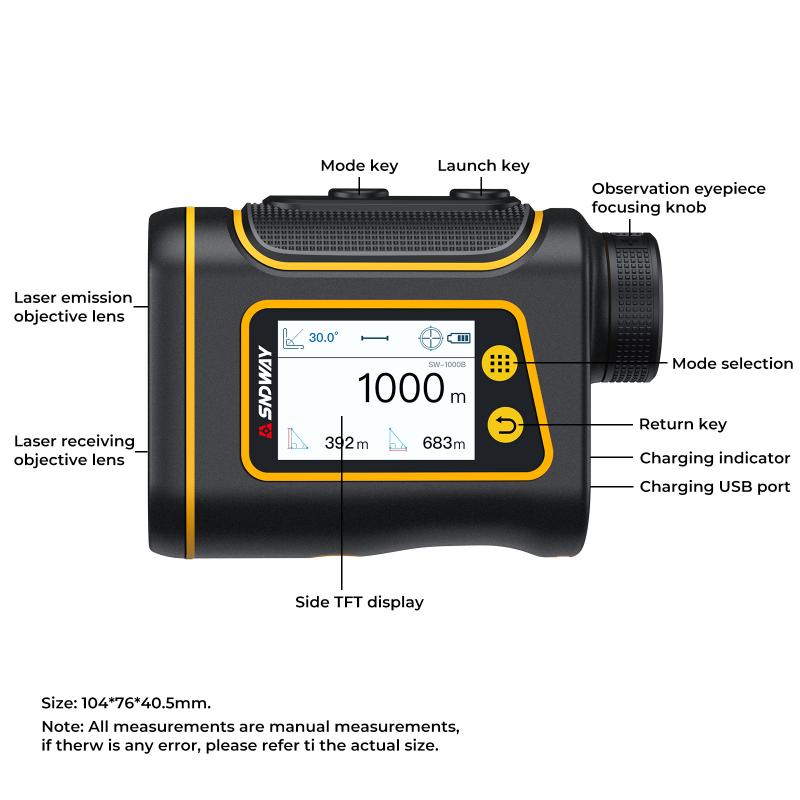














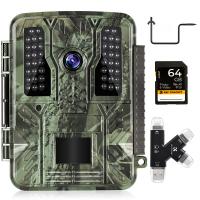
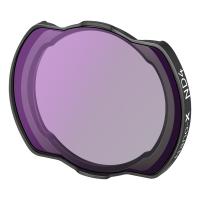



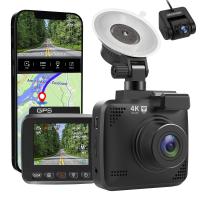

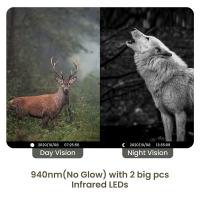
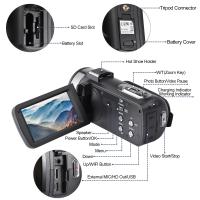

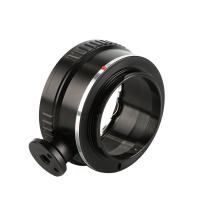
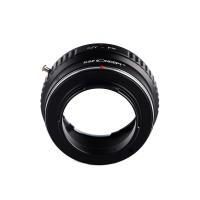
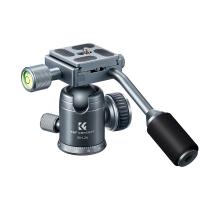
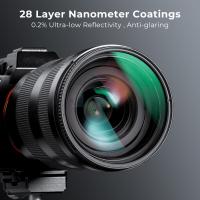
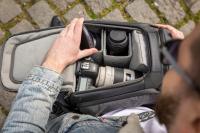
There are no comments for this blog.